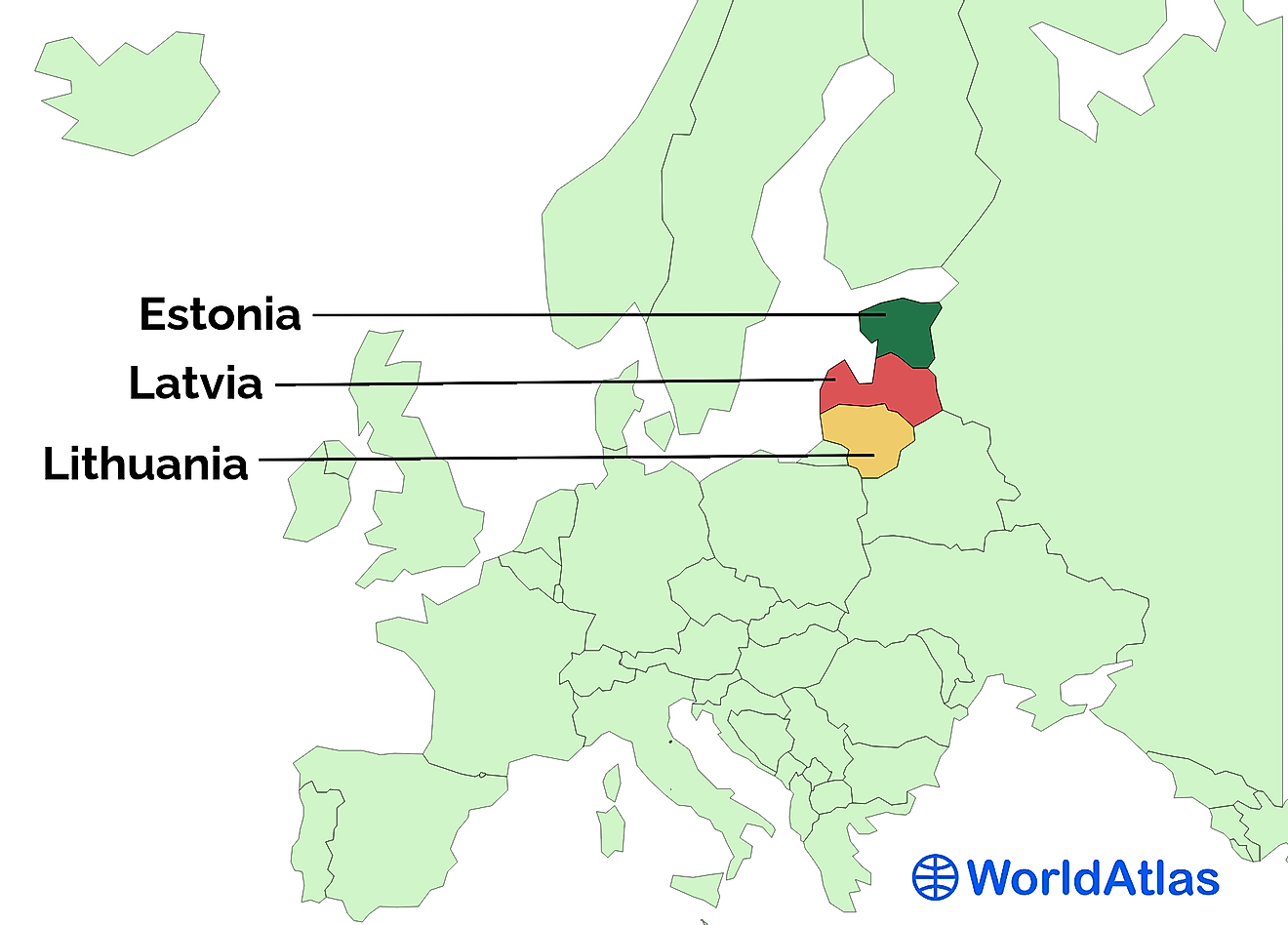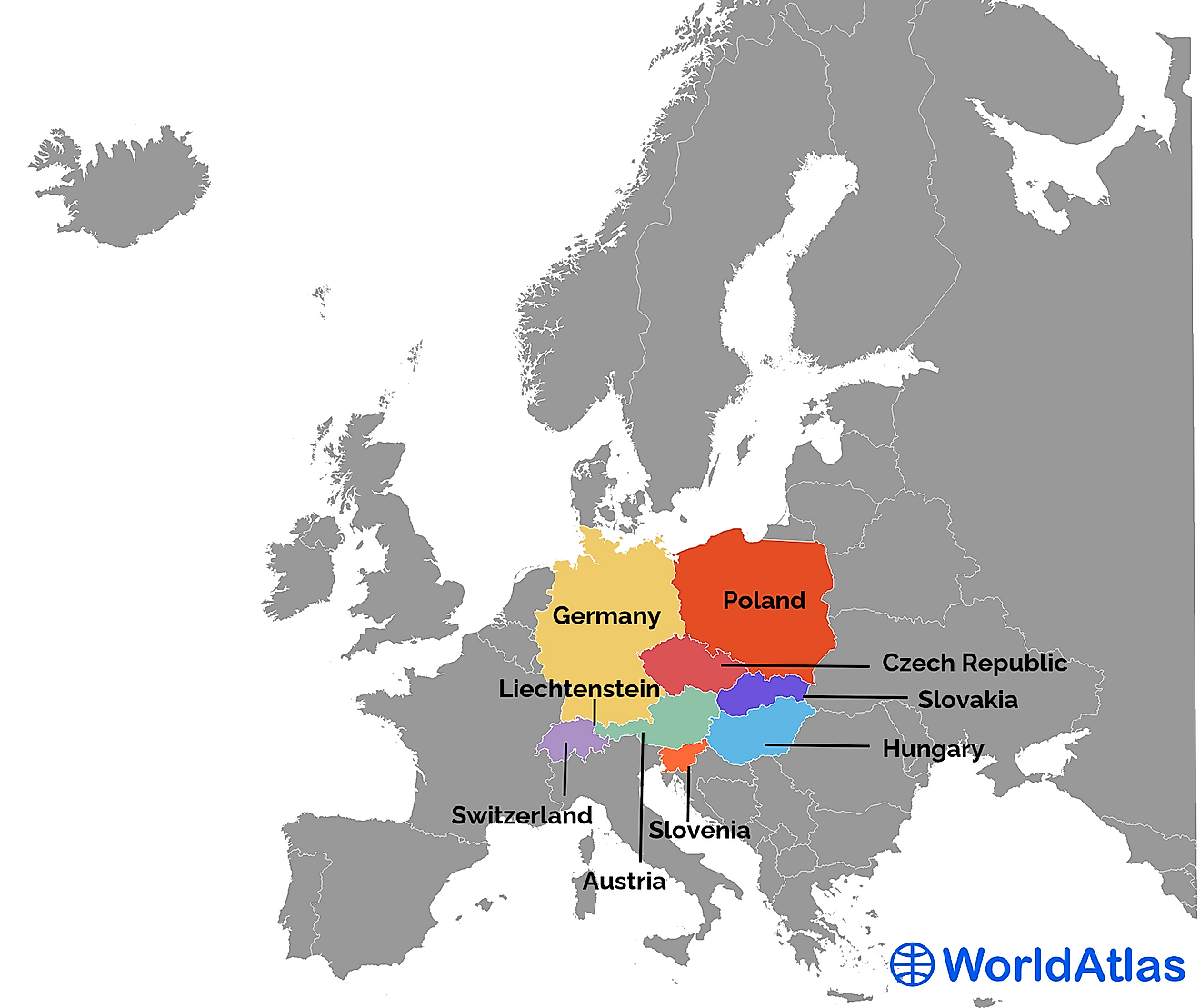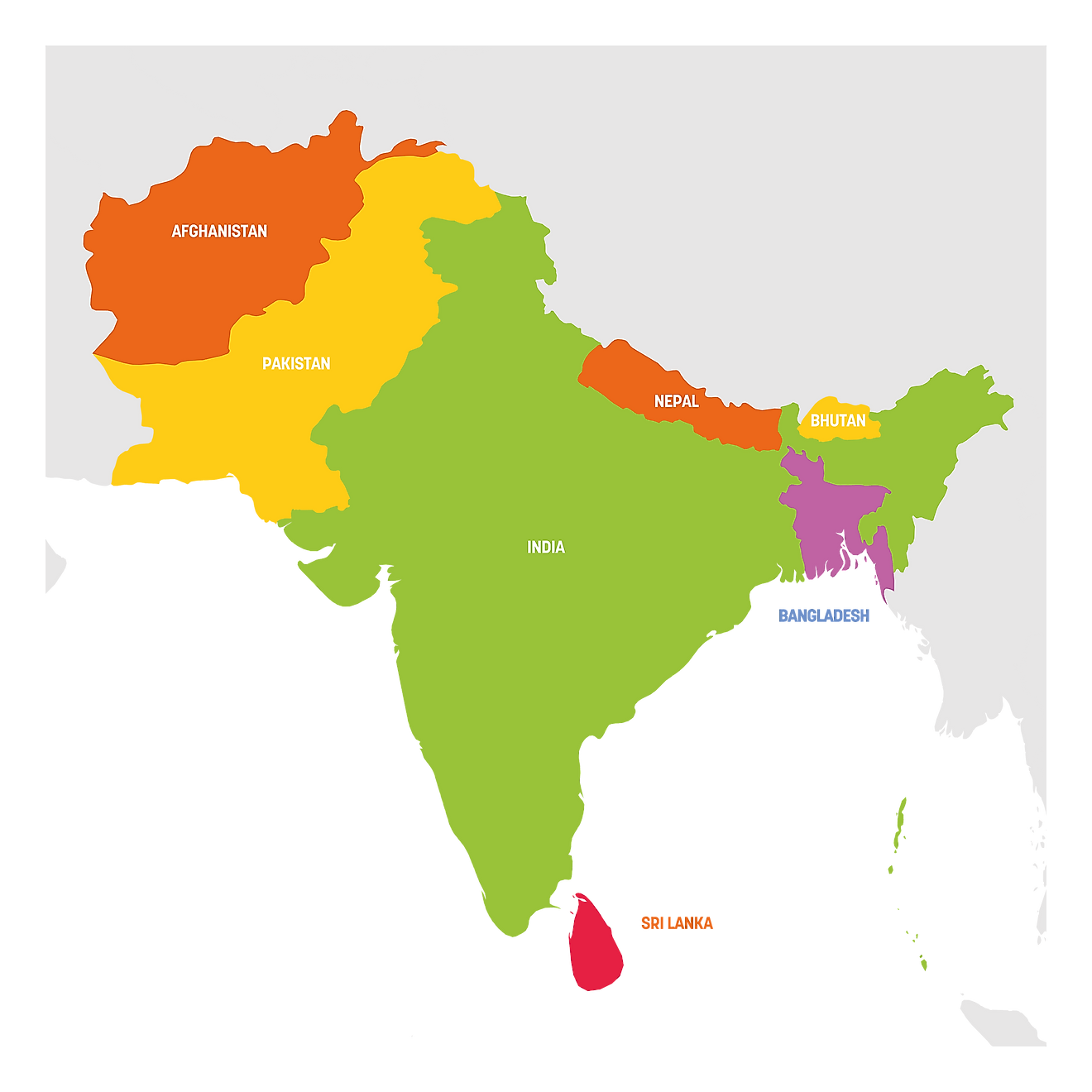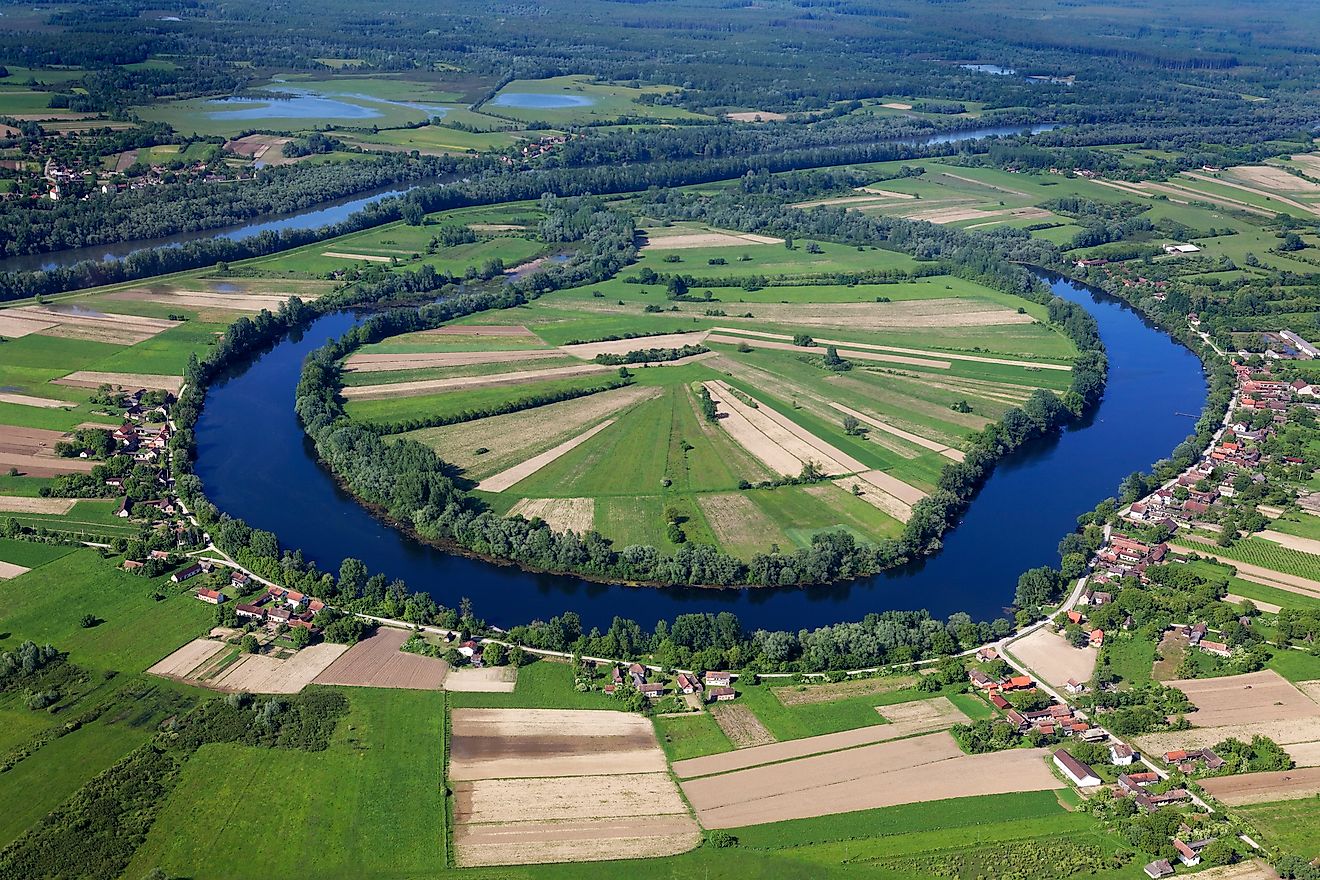What Are Minerals?

- Minerals must be inorganic, occur naturally, be in a solid form, have a definite chemical composition and have an ordered internal structure to be considered a true mineral
- There are more than 4000 different types of minerals on Earth alone.
- Each mineral has unique physical properties which distinguish it from other minerals
Minerals are solid, non-organic materials that are found naturally on Earth or other celestial bodies and planets. The study of minerals is called mineralogy.
There are roughly 4000 different types of minerals in the known universe. Approximately 100 of these minerals are known as rock-forming minerals, meaning they form the basis of most major rock types we know. Most rocks are compounds or aggregates of minerals, and consist of several different minerals bonded together. An example of this is granite, which is made up of feldspar, quartz, mica, and amphibole.
Each mineral has unique physical properties, which help define and distinguish it from other minerals (along with its chemical makeup). These distinguishing factors can be anything from colour to hardness, luster, solubility, magnetism, fracture or any number of defining qualities. These factors can help categorize minerals in a practical way, and determine their uses in industry. Minerals can and are used in any number of ways in everyday life, from the granite in a pencil, to makeups and cosmetic powders, gold jewelry, salt and other food seasonings, and a wide variety of minerals which form the basis of physical infrastructures.
Contents:
- What Makes A Mineral?
- Classification Of Minerals
- Native Elements
- Sulfides
- Sulfosalts
- Oxides And Hydroxides
- Halides
- Carbonates
- Nitrates
- Borates
- Sulfates
- Phosphates
- Silicate
- Recent Advances In Mineral Classification
What Makes A Mineral?
For something to meet the definition of a mineral, it must meet five requirements. They include:
- Being inorganic - this means that they are not made from living matter such as plants, animals or microorganisms. This includes any bi-products of living things, such as wood or pearls.
- Occur naturally - all minerals occur in the natural world, and are not man-made or manufactured artificially.
- They must be in solid form - minerals are always solids, and not liquid or gaseous.
- They must have a definite chemical composition - this means that the chemical makeup of the mineral always falls under a limited and specific range. Calcite, for example, is CaCo3, meaning it is one part calcium to three parts carbonite. NaCl, or rock salt, would be a one to one ratio of sodium and chlorine. This structure is an important distinction, as the chemical makeup is not always quite so rigidly defined. While calcite is always calcium and carbonate, some minerals have flexations within their chemical makeup. The reason this ruling of ‘definitive chemical composition’ still applies, is that the flexation occurs within a certain type of chemical. For example, the mineral siderite is most often composed of Iron carbonate (FeCO3) but can have Mg, Mn, or even Ca in place of Fe, as the metal component is flexible.
- They must have an ordered internal structure - Having an ordered structure is a staple of any mineral. Like with most chemicals, elements bond and form in a very specific formation, and link together in a structured pattern. Each mineral, due to its unique chemical makeup, then forms a very specific and orderly structure, which will be the same throughout that mineral.
Classification Of Minerals

Scientific classification of minerals is done based on the chemical composition of any given mineral. They are categorized based on their dominant anionic group, an anion being an atom or atom group that is negatively charged. This means of categorization is used most often, as the similarities in properties within anionic groups tend to be more pronounced than those in cationic groupings. Similarly, minerals with the same dominant anions are usually found in similar geological areas as each other.
In addition to chemical composition, the internal structure of minerals is analyzed in order to further classify minerals and mineral groups. By relying on both these methods, a more rounded understanding of minerals and their categorization can be obtained. Due to the complexity of minerals, there are differing degrees of classification, depending on which factors are being used and prioritized. However, based on the above mentioned scheme, minerals can generally be placed into the following broad categories: native elements, sulfides, sulfosalts, oxides and hyrdoxides, halides, carbonates, nitrates, borates, sulfates, phosphates, and silicates.
Native Elements

Native elements are those that are found naturally in uncombined or ‘nearly’ pure forms in the natural world. There are 20 elements which can be classified in this way, and these are further categorized into metal, semimetal and nonmetal groupings. Again, minerals that fall into these groupings are further divided into subgroups. Within the metals, these are the platinum group, which contains minerals composed of platinum, iridium, palladium and osmium; the gold group, which as the name suggests, contains gold, but also silver, copper and lead; and finally the third group known as the iron group, which includes iron and nickel-iron. Other metals exist which fall under the ‘native elements’ banner, and these include the natural metals such as tin, zinc, mercury and tantalum. The semimetals group is split into two types based on their isostructure. The first grouping includes bismuth, arsenic and antimony, while the second consists of selenium and tellurium.Nonmetals are some of the most well known of the native elements. These minerals include the very common carbon, as well as sulfur, graphite and diamond.
Sulfides

Sulfides are minerals and compounds containing sulfur, combined with one or more other metals. Their metallic nature means they behave much like other metals, including having a lustre, and being conductive to electricity. There are some fifteen different metals which bond with sulphur to form a sulfide. Most commonly, though, sulphur is combined with iron, nickel, copper, zinc or lead. Sulfides can be found in all rock types, and are in various ore minerals essential to industry such as lead, copper, zinc and nickel. Most precious metals are also sulfides, including gold, silver and platinum.
Sulfosalts

Sulfosalts are rarer and more complex than other types of minerals. Sulfosalts are formed in very low pressures and as such can often be found deep within mines and natural caves. There are over 100 different sulfosalts, including enargite, jamesonite and tennantite.
Oxides And Hydroxides

An oxide mineral is one formed of closely packed oxygen atoms, or positively charged oxygen and hydrogen bonds. These atoms are bonded with small positively charged metals or ions. This positive component is often sodium, aluminium, or magnesium. Hydroxides, on the other hand, include alkali metals like lithium, sodium, potassium or other of these are strong and stable alkali elements. Examples of hydroxides can be found in everyday life, such as sodium hydroxide, or lye, which is used for industrial needs, but is also found in soap.
Halides

A halide is a naturally occurring inorganic compound derived from halogen acids. The most common of these is halite, or rock salt. Other halide compounds also exist in salt forms, and include such minerals as fluorite, sylvite, and other localized rare minerals.
Carbonates

Carbonates are some of the most common minerals on earth, and can be found in almost every geographic and geological location. They include any mineral that contains a carbonate ion, and are common due to the abundance of carbon on and in the Earth. There are some 80 different known carbonates, including calcite, dolomite, and aragonite, all of which are frequently found in rock formations.
Nitrates
Nitrates are distinguished by a triangular NO3 structure, and in this way are similar to carbonates, but with nitrogen ions rather than carbon. These minerals have some of the strongest bonds, and as a result are much more difficult to decompose.
Borates

Borate minerals are combinations of naturally occurring boron and oxygen. Borate minerals are often found in evaporated areas, such as dried river beds and valleys. They also exist in areas of former volcanic activity. Some examples of borate minerals include kernite, borax, colemanite, and ulexite.
Sulfates

As the name suggests, sulfates are minerals composed of sulphur ions, usually in naturally occurring salts. There are approximately 200 or so different sulfates, but most of those are found in very localized areas. Some more common sulfates include barite and celestite which can be used to make metal salts.
Phosphates

Phosphates are naturally occurring inorganic salts formed from phosphoric acid. There are over 200 different recognized phosphates, and these can further be categorized into one of three types. Primary phosphates are those that have crystallized from a liquid. Secondary phosphates are primary phosphates which have been altered. The third type of phosphate group includes fine grain rock phosphates which were formed from organic material rich in phosphorus, and at low temperatures.
Silicate

Silicte minerals are rock forming minerals composed of silicon and other elements - usually oxygen. Silicates are by far the most common of the minerals, and make up roughly 90% of the Earth’s crust. The movement within the earth’s crust and plates means that silicates are constantly being formed and reformed as they undergo changes in temperature, pressure and are exposed to friction. Some of the most common silicates include quartz, feldspar, mica, amphibole, pyroxene, and olivine.
Recent Advances In Mineral Classification
In recent times, mineral classification schemes have evolved to include an additional class of organic minerals. This class encompasses organic compounds in mineral form. Organic minerals are further divided into three classes: hydrocrabons, salts of organic acids, and miscellaneous. These minerals are highly rare.











